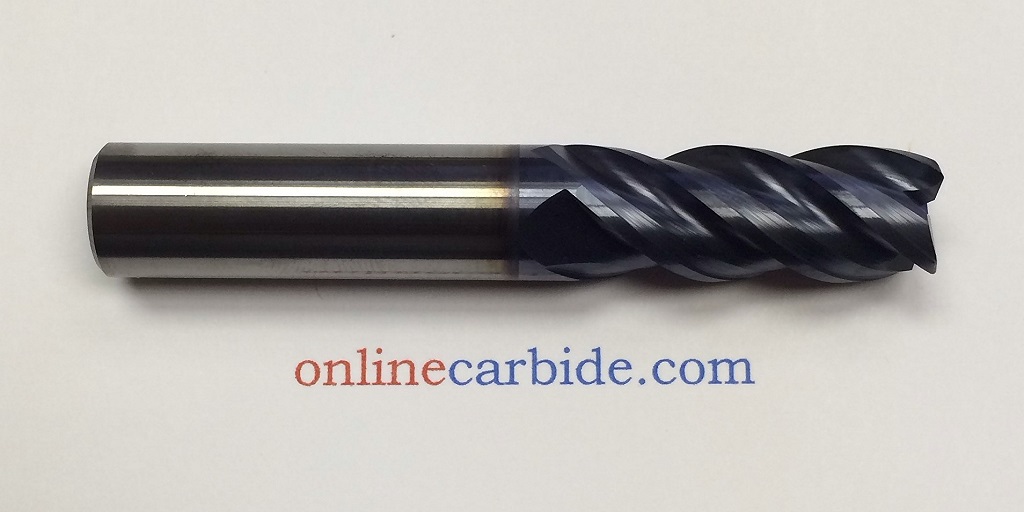The machining trade is currently experiencing a revolution in terms of how, where, and when parts are manufactured. A large part of this shift has been the move towards high-performance machining (HPM) or what many refer to as “high-speed machining.”
Many shops are being pressured into radically changing their processes to remain competitive. While some shops are embracing the shift toward HPM, others are still hesitant to take the plunge. One of the main questions that seem significant across all levels is: How do we justify the costs associated with high-performance machining?
It may seem like an easy question at first glance; however, many variables go into answering this question. Determining the return on investment (ROI) is a multi-faceted process that requires more than just financial numbers. Additionally, many of these variables are simply not quantifiable.
However, the prospect of being able to significantly increase throughput levels while keeping costs down is way too attractive to ignore. Because of this, it is important to make sure that the shop is ready for a change and, if they are not, what steps can be taken to ensure success.
Should you buy a new machine? Upgrade your CAD system? Change your tools?
Since high-performance machining is a process that requires many moving parts moving in tandem, it is never easy to know where to start.
The first thing we are tempted to change is our CNC. Upgrading to a machine with more axes, faster spindle speeds, and higher horsepower is often the first suggestion that many people make. While this certainly holds some weight, it may not be the best decision in every case.
Depending on your shop´s routine, more axes or speed won´t necessarily mean faster part output. An intricate part that takes a few hours to complete on a five-axis mill can be machined at a similar speed using a three or four-axis machine. However, changing your toolpath strategy might have a greater impact on metal removal rates and overall part throughput than buying a new machine.
It does not mean you don’t have to invest in physical elements. Modern toolpaths will also require the right tools to pull them off. Traditional cutting tools made of steel (such as drills, end mills, and taps) will not live to see the same speeds that can be achieved by carbide cutting tools, which are harder and more durable. This is due in part to traditional cutting tools becoming dull far faster than their carbide counterparts.
By switching these older style cutting tools to ones made of tungsten ceramides, your shop can significantly increase part speeds and throughput. The cost of switching cutting materials is often offset by the increased life of the tool as well as its ability to run faster at those high speeds.
Carbide inserts with exceptionally good edge retention are a must, as is the right tool holding system to ensure that each insert can properly support the part being machined. However, you also need to make sure your shop is getting high-quality carbide cutting tools that provide the durability and predictability necessary to change your toolpath strategy and take your shop to the next level. Online Carbide is an American carbide tool manufacturer focused on crafting top quality machining tools for shops focused on high-speed machining. Visit them today to learn more about their carbide cutting tools.



